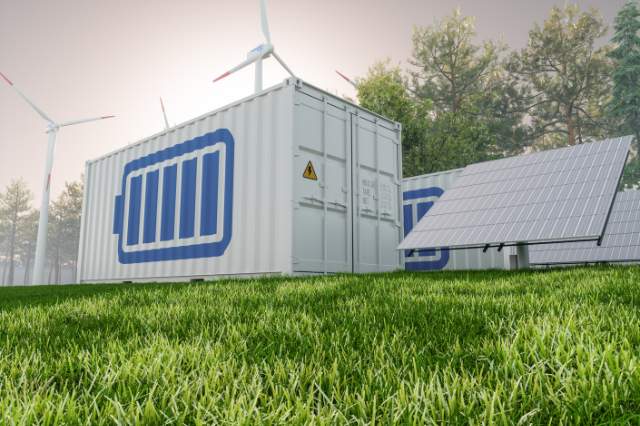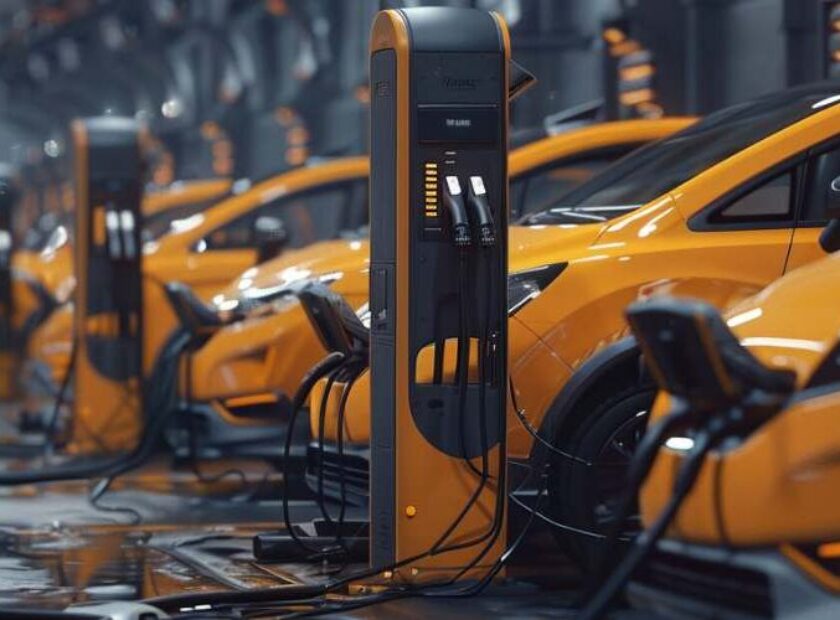Long Duration Energy Storage vs. Microgrids: Unraveling the Key Distinctions

Long Duration Energy Storage (LDES) and microgrids, although distinct concepts, share a symbiotic relationship in the realm of clean energy solutions. LDES systems act as essential companions to microgrids, providing them with the capability to operate seamlessly, regardless of intermittent renewable energy generation or emergencies.
Long duration energy storage (LDES) and microgrids are distinct but complementary concepts within the realm of clean energy. While they serve different primary functions, there can be some overlap in their applications, which can lead to confusion.
Different Functions:
Long Duration Energy Storage (LDES): LDES primarily focuses on storing excess energy for extended periods, typically from several hours to multiple days. Its main purpose is to ensure a continuous power supply during times when renewable energy generation is low or when grid outages occur. LDES systems can store energy from various sources, including renewable and non-renewable.
Microgrids:
Microgrids are localized energy systems that can operate independently or in conjunction with the main grid. Their primary role is to provide a reliable and often resilient source of energy to a specific area or facility. Microgrids can incorporate various generation sources, including renewables, and often include energy storage components, which can include long duration energy storage.
Overlap and Complementarity:
While microgrids can include LDES systems as part of their infrastructure to enhance energy resilience, not all microgrids have long duration energy storage. Their inclusion depends on factors like the specific goals of the microgrid, the availability of renewable energy sources, and the need for uninterrupted power supply during extended periods.
Common Goals:
Both LDES and microgrids contribute to achieving common goals in the clean energy sector, such as enhancing grid stability, increasing reliance on renewable energy sources, and providing energy resilience during emergencies.
Let’s understand this a bit more:
In the ever-evolving landscape of clean energy, this term has been gaining significant attention: Long Duration Energy Storage (LDES). LDES innovative technology is rapidly becoming popular, and for good reasons.
The Need for Energy Resilience:
Microgrids, localized energy systems that can operate independently or in conjunction with the main grid, have emerged as a beacon of hope in the quest for energy resilience. They can power critical facilities during outages and offer cleaner, more reliable energy solutions. However, to truly unleash the potential of microgrids, they require a stable, long-lasting energy source that can bridge the gap during extended periods of low renewable generation or emergencies. This is where Long Duration Energy Storage comes into play.
Balancing Renewables:
Renewable energy sources like solar and wind are clean and sustainable, but they are inherently intermittent. They depend on weather conditions, which can be unpredictable. LDES technology fills this gap by storing excess renewable energy when it’s abundant and releasing it when needed, ensuring a constant power supply to microgrids, irrespective of weather variations.
Boosting Grid Stability and Energy Optimization:
Long Duration Energy Storage systems aren’t just confined to microgrids. They actively bolster grid stability by absorbing surplus energy during low-demand periods and injecting it back during peak hours. This intelligent energy management, termed energy arbitrage, not only alleviates grid strain but also has the potential to reduce energy costs for both microgrids and the broader energy ecosystem.
Charting a Sustainable Course:
In a world ardently committed to curbing carbon emissions, LDES technology becomes the enabler that empowers microgrids to rely more extensively on renewables, reducing their reliance on fossil fuels. This transition aligns seamlessly with global sustainability objectives, ushering in a cleaner, greener future.






